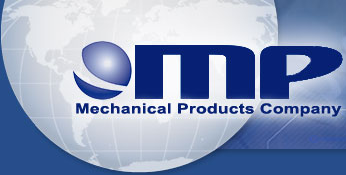The current in thermal and magnetic circuit breakers passes through both a detection mechanism and a set of electrical contacts. The contacts are generally spring-loaded and latch restrained. When triggered by the overcurrent detection mechanism, the latch will release a movable contact arm. The arm then withdraws from the fixed contact at a rate determined by spring loading and electromagnetic forces due to the contact current.
When the contacts are closed, or “latched”, current flows between them only at very small physical contact points, due to roughness on the surfaces of the contact faces. The actual area of electrical contact is only a small fraction of the facing surfaces of the contacted pair, typically < 1%. Current flowing in the contacts is constricted at these contact points, much like fluid flowing through a pipe with an insert containing very small holes. The resistance created by these contact “spots” is referred to as the contact resistance. The voltage drop across this resistance is then commonly referred to as the contact drop, which in most cases does not exceed more than 0.1-0.2 volts.
Our next article will examine the Parting Dynamics of a pair of contacts when the circuit breaker switches to the open position.
